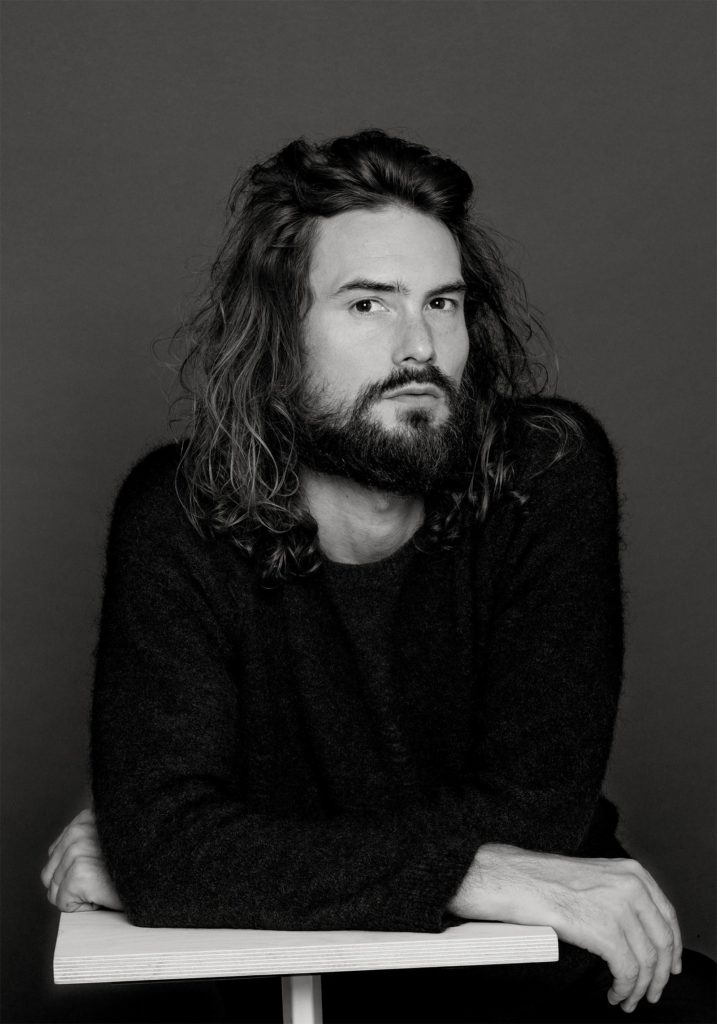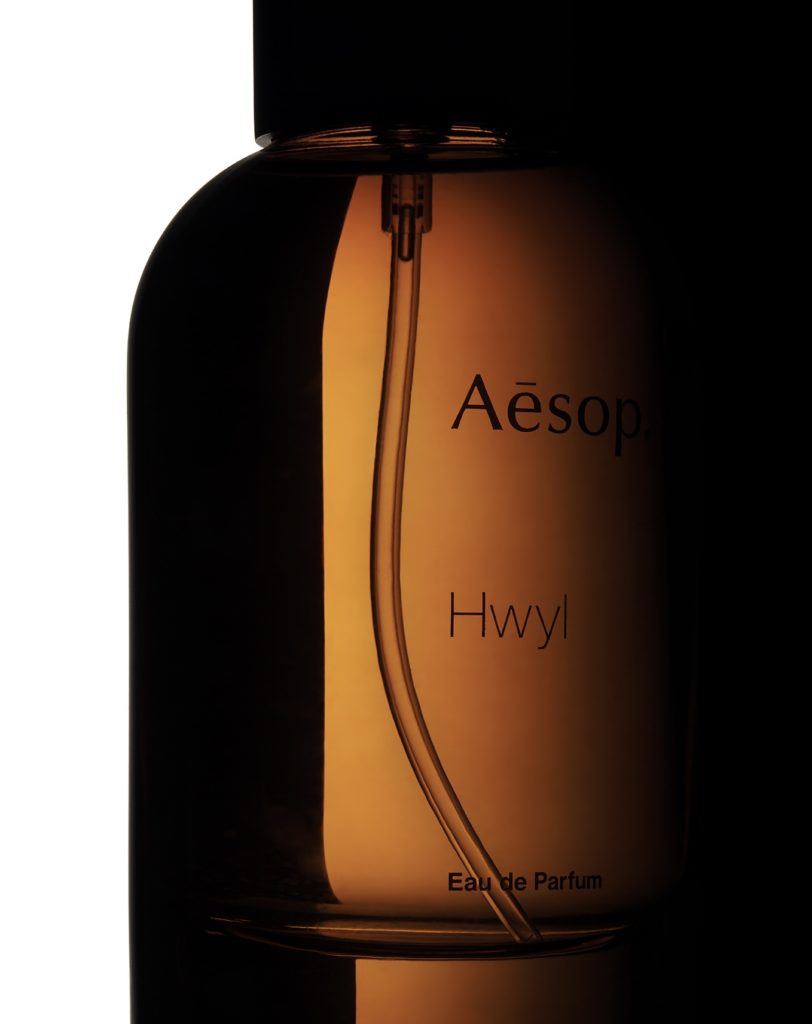Perfumer Barnabé Fillion on about his latest collaboration with Aesop, the influence of photography on his work, and going to work with the flu

Barnabé Fillion never set out to be a perfumer. Having trained and worked as a photographer, he became interested in exploring other fields and collaborated with architects, poets and botanists before eventually meeting a perfume maker. It would make a huge impression on him. “They became such a strong source of inspiration for me,” Fillion tells me from Paris, where he currently lives and works. “From that point on, my passion has always been to learn more about the olfactory world.”
The process of creating a perfume is deeply personal and intimately connected with memory. As an apprentice under Christine Nagel, the nose for Hermès, Fillion had to learn to identify over 3,000 different scents and says, incredibly – having produced fragrances for a number of different brands – that he can still go to work when he has the flu.

“When I’m in the process of designing a fragrance, I don’t necessarily need to smell at all points,” he explains. “It’s much more important to be able to stimulate memory.” And although he adds the caveat that his job would, of course, be impossible without any sense of smell, interestingly everyone has an inability to smell certain ingredients: “I have some friends who don’t smell cedar, for example, and there are certain musk scents that I don’t smell as much as my colleagues will. It just goes to show how subjective the art of fragrance making can be.”
For Hwyl, his second collaboration with Australian luxury skincare brand Aesop, Fillion drew inspiration from the Koh-do, the Japanese incense ceremony from the Edo period, which he describes as a “sophisticated game that creates a sort of alphabet of smell”. Fillion wished to capture the multi-sensory emotions conjured up by walking in an ancient Japanese forest, “the rich aromas of wood, smoke and moss; the minerality of the water running over stones; the vivid silence of the forest; the inexpressible texture of nature…”
In offering such a description of the fragrance, it is clear that a visual aspect to Fillion’s approach remains from his experience as a photographer. “I’m not sure whether I see an image when I begin making a perfume, or whether that image forms during the process,” he explains. “But most of the time, after I’ve finished, I always have the impression that I have been running after that one particular image.”
Photography (bottle) Robin Broadbent
This is an extract from issue 21 of Port, out now. To buy or subscribe, click here.